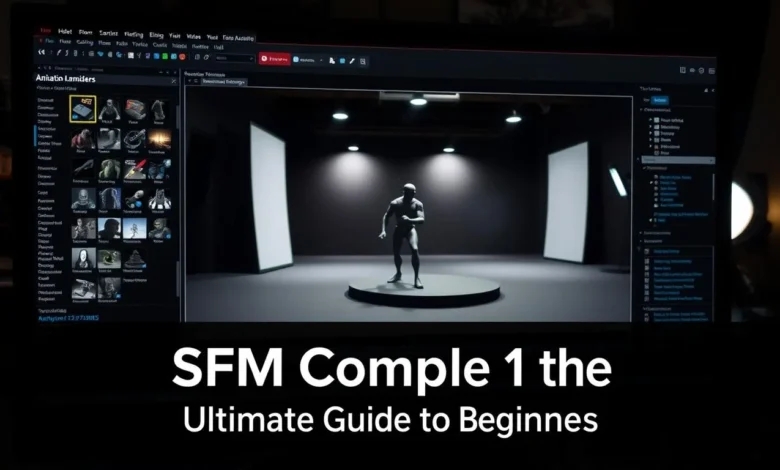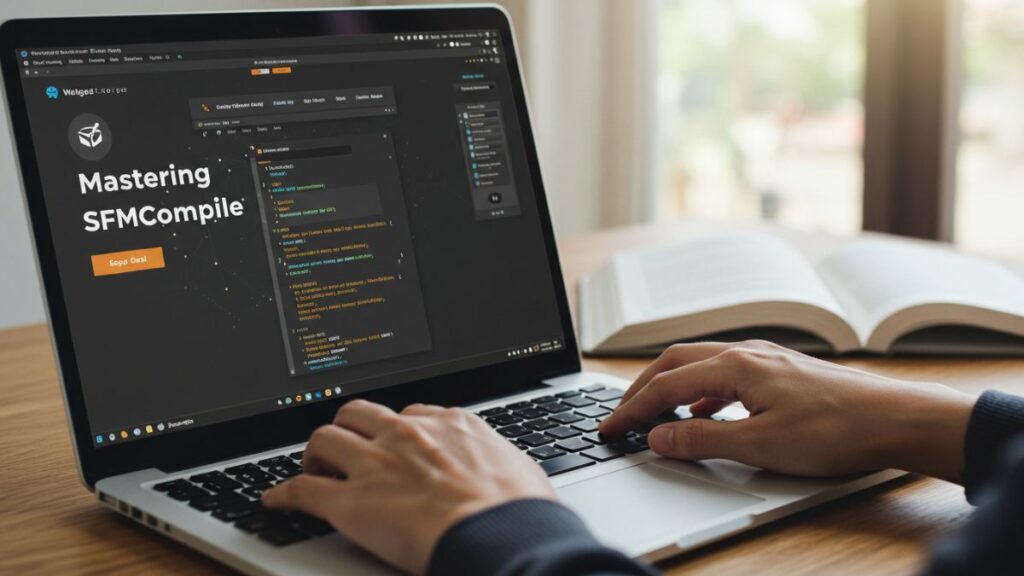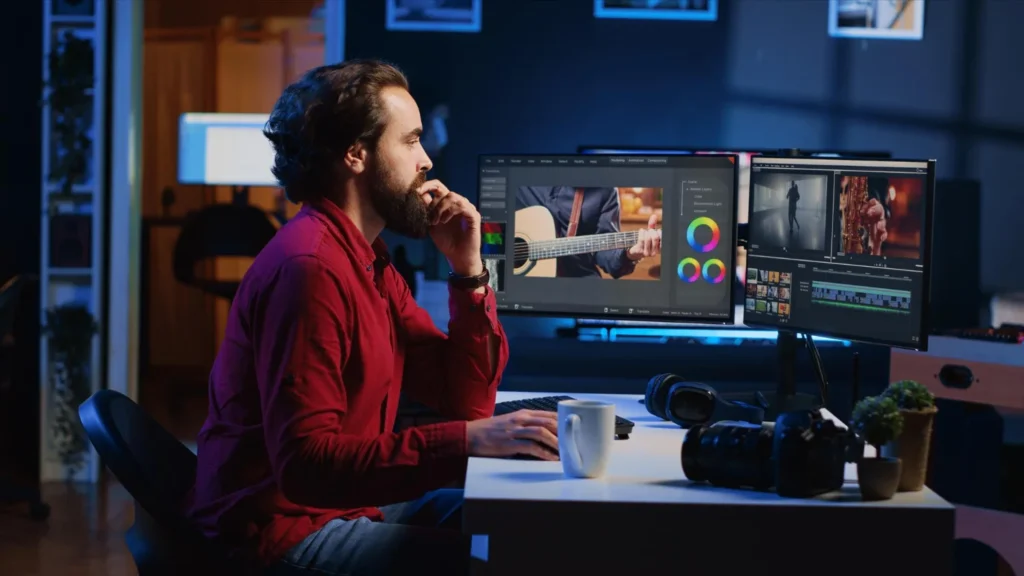Mastering SFM Compile: A Comprehensive Guide

SFM Compile diving into the world of Source Filmmaker (SFM), understanding the compile process is crucial. Whether you’re creating a short animation or a full-length film, compiling ensures your project is rendered correctly. Let’s explore the ins and outs of SFM compile, offering expert insights in a casual tone.
Understanding SFM Compile
SFM Compile, developed by Valve, is a powerful tool for creating animated films using assets from games like Team Fortress 2 and Dota 2. The term “compile” in SFM Compile to the process of rendering your project into a final video format. This step is essential to transform your animated scenes into a shareable and viewable format.
SFM Compile isn’t just about hitting a render button; it’s about understanding the settings and options that affect the quality and performance of your final video. From resolution settings to motion blur, each choice impacts the outcome. Therefore, gaining a solid grasp of the compile process is vital for any aspiring SFM creator.
Setting Up Your Project for Compilation

Before you even think about compiling, it’s important to set up your project correctly. This includes organizing your assets, setting up your scenes, and ensuring your timeline is properly arranged. A well-structured project minimizes errors during the compile process and ensures a smoother workflow.
Pay attention to your file paths and naming conventions. Consistent and logical naming helps in tracking assets and avoiding confusion. Additionally, ensure that all your models, textures, and sounds are correctly linked and functioning within your project. This preparation lays the foundation for a successful compile.
Choosing the Right Compile Settings
SFM offers a range of compile settings that influence the quality and size of your final video. Key settings include resolution, frame rate, and compression options. Selecting the appropriate settings depends on your project’s requirements and the capabilities of your hardware.
For high-quality outputs, opt for higher resolutions and frame rates. However, be mindful of the increased render times and file sizes. Conversely, for quick previews or drafts, lower settings can expedite the process. Balancing quality and efficiency is key in choosing the right compile settings.
Troubleshooting Common Compile Issues
Even with meticulous preparation, you might encounter issues during the compile process. Common problems include missing assets, crashes, or unexpected visual glitches. Understanding how to troubleshoot these issues is essential for maintaining your workflow.
Start by checking the SFM console for error messages, which can provide clues about what’s going wrong. Ensure all your assets are correctly linked and that your system has sufficient resources to handle the compile. Regularly saving backups of your project can also prevent data loss in case of crashes.
Optimizing Compile Performance
Compiling can be resource-intensive, so optimizing performance is crucial. Close unnecessary applications to free up system resources and consider lowering compile settings for test renders. Utilizing a powerful GPU and sufficient RAM can significantly improve compile times.
Additionally, breaking your project into smaller segments can make the compile process more manageable. Render individual scenes separately and then stitch them together in a video editing software. This approach not only optimizes performance but also allows for easier troubleshooting.
Enhancing Visual Quality in Compiles
Achieving high visual quality in your compiled videos involves more than just high-resolution settings. Pay attention to lighting, camera angles, and depth of field. These elements contribute significantly to the cinematic feel of your project.
Experiment with different lighting setups and camera movements to add dynamism to your scenes. Utilize SFM’s depth of field settings to create a sense of depth and focus. Remember, subtle adjustments can have a profound impact on the final output.
Managing Audio During Compilation
Audio is a critical component of any film, and managing it effectively during the compile process is essential. Ensure all your audio tracks are correctly synced and balanced within your project. SFM allows for multiple audio tracks, so organize them logically for easier management.
Before compiling, preview your project to check for any audio issues such as clipping or desynchronization. Adjust volumes and apply necessary effects to enhance the auditory experience. A well-mixed audio track can elevate the overall quality of your film.
Utilizing Advanced Compile Techniques
For seasoned SFM users, exploring advanced compile techniques can unlock new creative possibilities. This includes using command-line options for greater control over the compile process and integrating third-party tools for enhanced effects.
Experiment with different codecs and output formats to find the best balance between quality and file size. Additionally, consider using scripts to automate repetitive tasks, streamlining your workflow. These advanced techniques can significantly enhance your efficiency and output quality.
Collaborating on SFM Projects

Collaboration is common in larger SFM projects, and managing compiles in a team setting requires coordination. Establish clear file-sharing protocols and version control systems to keep everyone on the same page. Consistent naming conventions and organized project structures facilitate smoother collaboration.
Regular meetings and updates ensure that all team members are aligned and aware of their responsibilities. Utilize collaborative tools and platforms to share progress and gather feedback. Effective collaboration can lead to more polished and cohesive final products.
Preparing for Final Output
As you approach the final stages of your project, preparing for the final output is crucial. Conduct thorough reviews of your compiled videos, checking for any inconsistencies or errors. Seek feedback from peers to gain fresh perspectives and identify areas for improvement.
Once satisfied, export your final video in the desired format and resolution. Ensure that all credits and acknowledgments are correctly included. Proper preparation ensures that your hard work is presented in the best possible light.
FAQs
Q: What is the best resolution for compiling in SFM?
A: The best resolution depends on your project’s needs. For high-quality outputs, 1080p or higher is recommended. However, for quicker renders or previews, lower resolutions like 720p can be used.
Q: How can I reduce compile times in SFM?
A: To reduce compile times, optimize your project by closing unnecessary applications, lowering compile settings for test renders, and breaking your project into smaller segments.
Q: Why is my compiled video missing textures?
A: Missing textures often result from incorrect file paths or missing asset links. Ensure all assets are correctly linked and available in your project directory.
Q: Can I compile audio and video separately in SFM?
A: Yes, SFM allows you to compile audio and video separately. This can be useful for post-processing or when syncing audio in external editing software.
Q: What formats can I compile my SFM project into?
A: SFM supports various formats, including AVI and MP4. Choose the format that best suits your distribution needs and desired quality.



